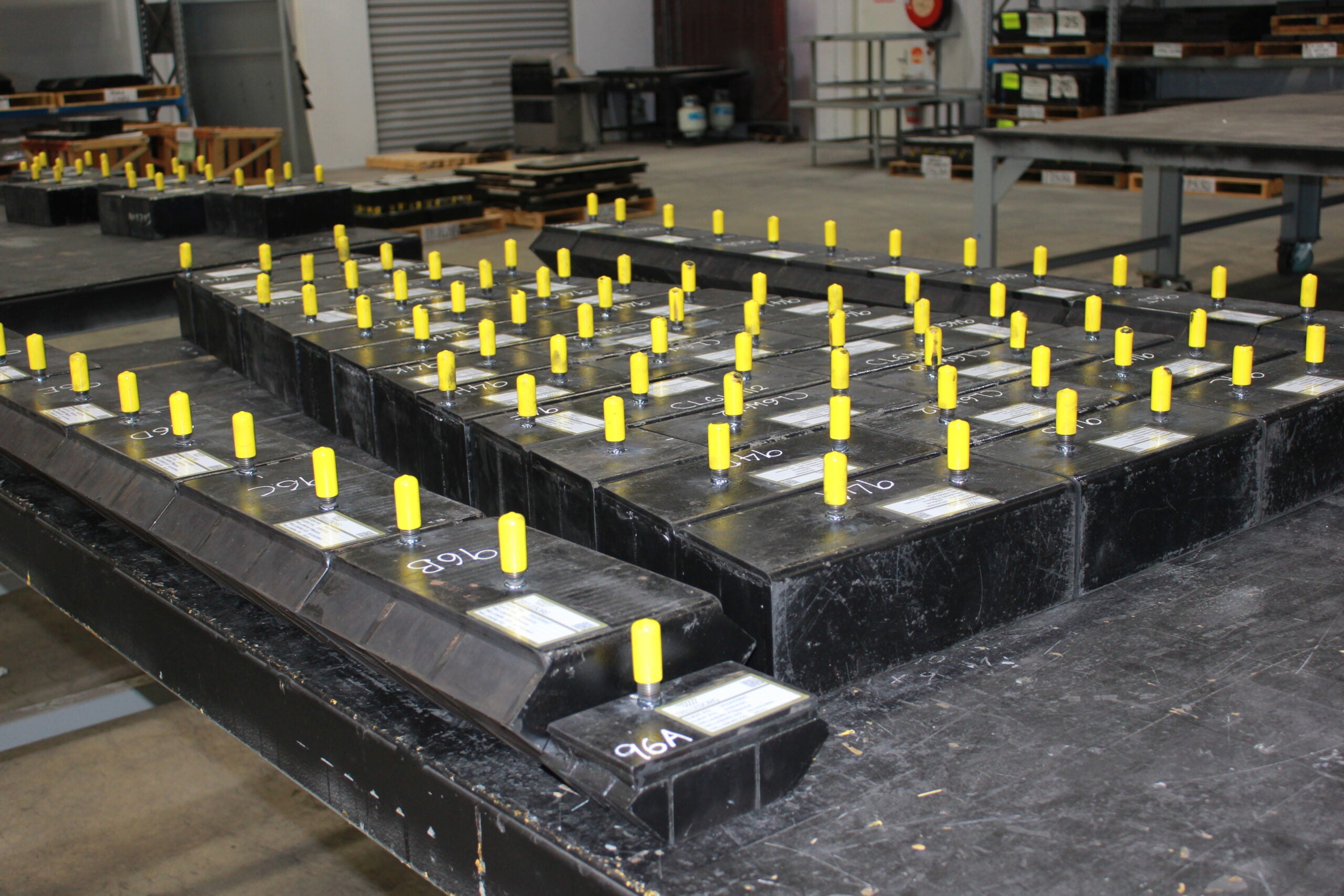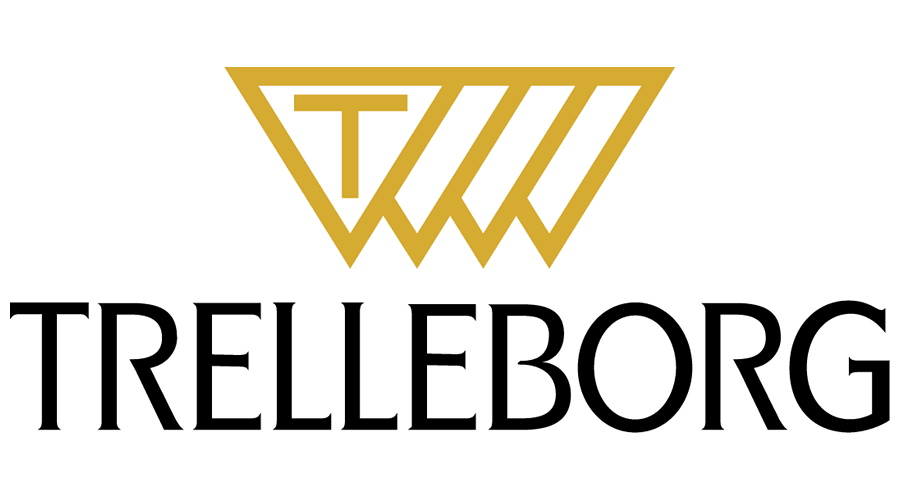
A 300% increase in lifespan can be realized in wear protection systems by focusing on the details of the materials used.
Rubber ceramic composite wear panels are relied upon by the mining industry in numerous applications and have become a primary means for increasing plant service life in the most demanding of hard rock applications. Although a ceramic wear panel looks rather basic, the science of making the most resilient panels out there is anything but basic.
Trelleborg’s strategic commitment to materials science and advanced technology has led to a fundamental change in the way industry evaluates wear protection materials. “We are pushing the boundary of materials science every day as we work to improve our products” says Reuben Hinton, research and development manager at Trelleborg.
The failure mechanism of wear protection systems can be broken down into two types of wear: abrasive and impact. Abrasive wear can predictably allow for better and easier shut down planning and is the preferred type. Impact-based wear is not as predictable. If a panel fails due to impact events it can often render the panel unserviceable. This can in turn lead to unplanned and costly stoppages.
Traditionally there is a perception that a compromise exists between these two wear mechanics: a ceramic wear panel can have strong abrasion performance or strong impact performance but not both. An approach founded in this belief would dictate that each wear panel must be carefully selected for the application to obtain best performance or progressively more exotic ceramic materials must be used to obtain better performance in all applications. This of course comes at a cost.
The thinking at Trelleborg is a little different. By maintaining their focus on answering the correct questions in materials science and addressing the wear panel in both its subcomponent and complete form, they are able to provide wear panels that offer a life expectancy increase of 300% above conventional ceramic wear panels. For mining sites, this means less down time from liner swap outs and more consistent material throughput.
One major consideration when evaluating ceramics is production consistency. Often impact-based failures are not caused by low quality ceramics in general but more often an individual tile that has large pores in its structure. These large pores are known as agglomerate defects and from Trelleborg’s research are a major cause or shortened service life. “One of our core focuses is to supply the best and most consistent materials to our customers, we do this by thoroughly understanding our product and partnering with only the highest quality manufactures to make it.”
Ceramic material consistency is as important as ceramic material type when selecting a wear protection system. Most panels are made up of between six and 30 individual tiles. If even one of these tiles fails under an impact event it exposes a section of the plant to the full force of the material load. When an individual tile fails it also increases the loads on the surrounding tiles, increasing the probability of a failure in them as well. This can rapidly cascade into a situation where the plant must be stopped until the situation is rectified.
The new scientific ground that Trelleborg treads is through the development and use of new testing approaches that replicate application conditions in a controlled manner. The tests they develop in conjunction with commercial and educational institutions across Australia offer bulk data points rooted in strong scientific principle. Whereas conventional tests are usually limited to a handful of data points for assessment, Trelleborg’s test programs typically offer thousands of data points. The result of this effort is a product that endures and has been comprehensively tested across a range of relevant conditions. This test program has proven so successful that it has seen adoption from some of the largest mining companies in Australia for their own evaluation purposes. Trelleborg’s commitment to technology and the future of the industry does not stop with their current achievements. They are still currently working to further improve industry knowledge and expectations of ceramic wear products with new testing approaches and programs.


